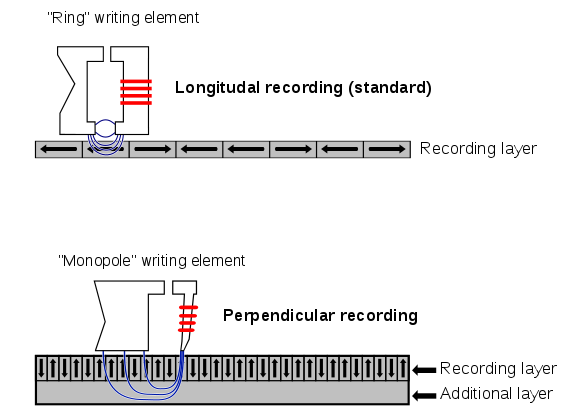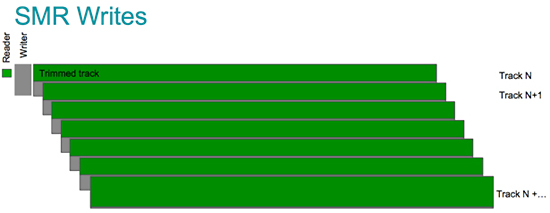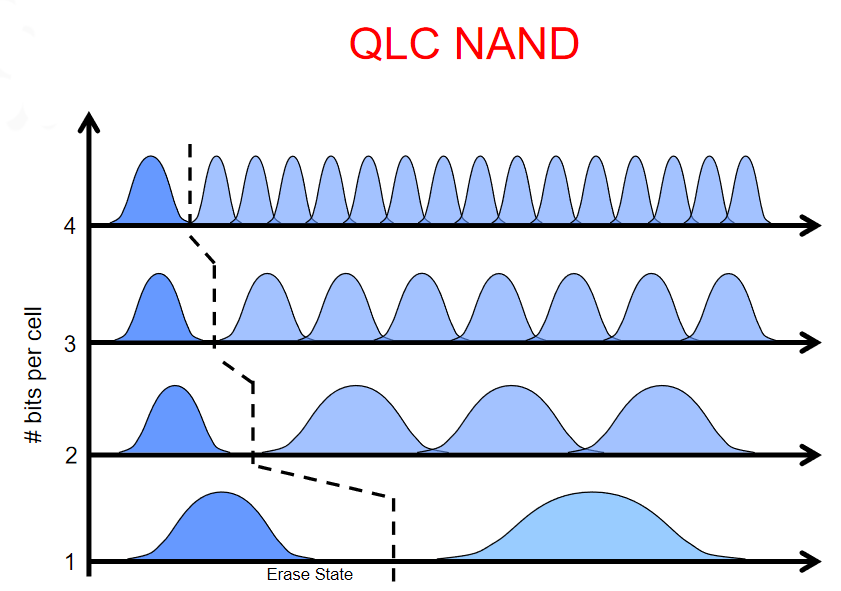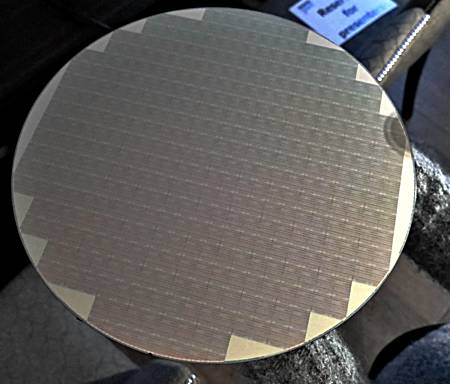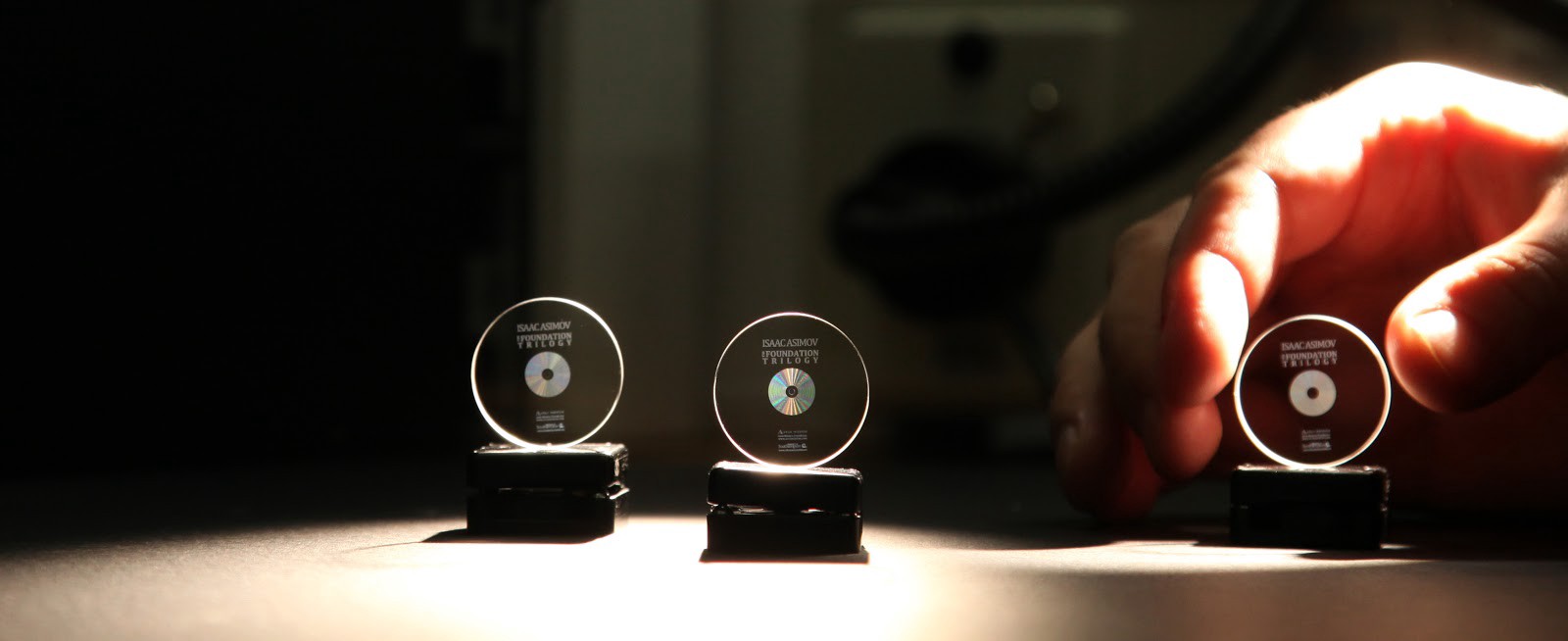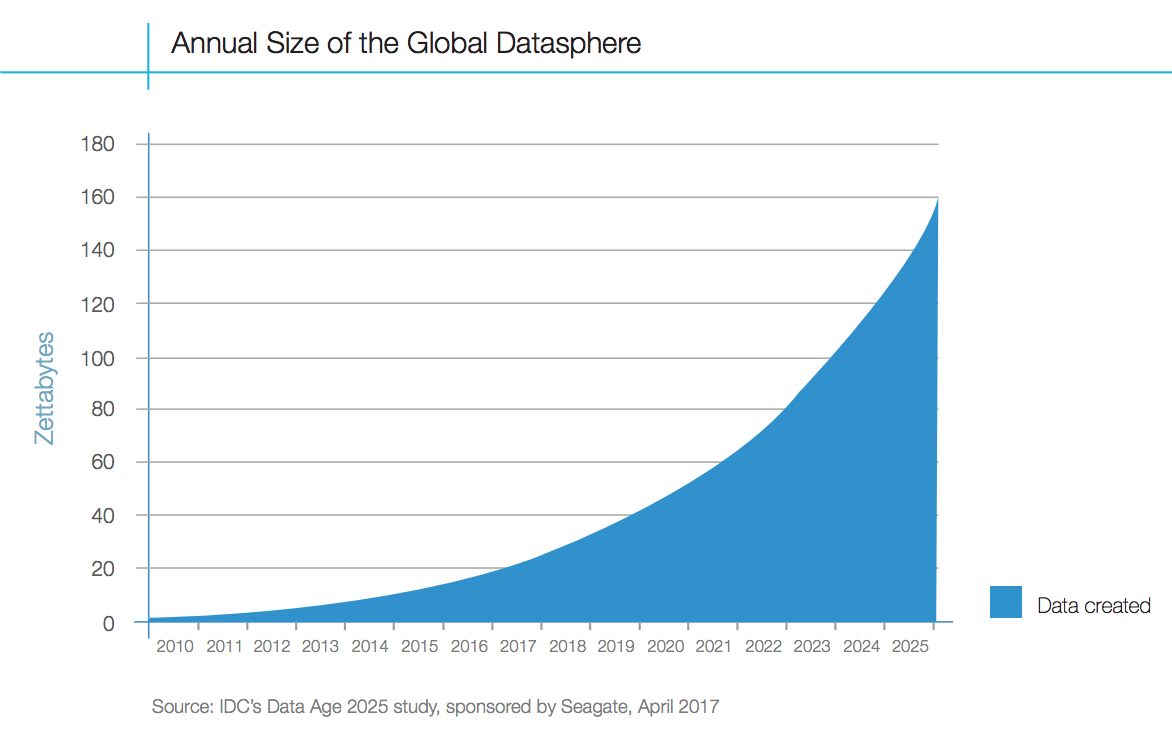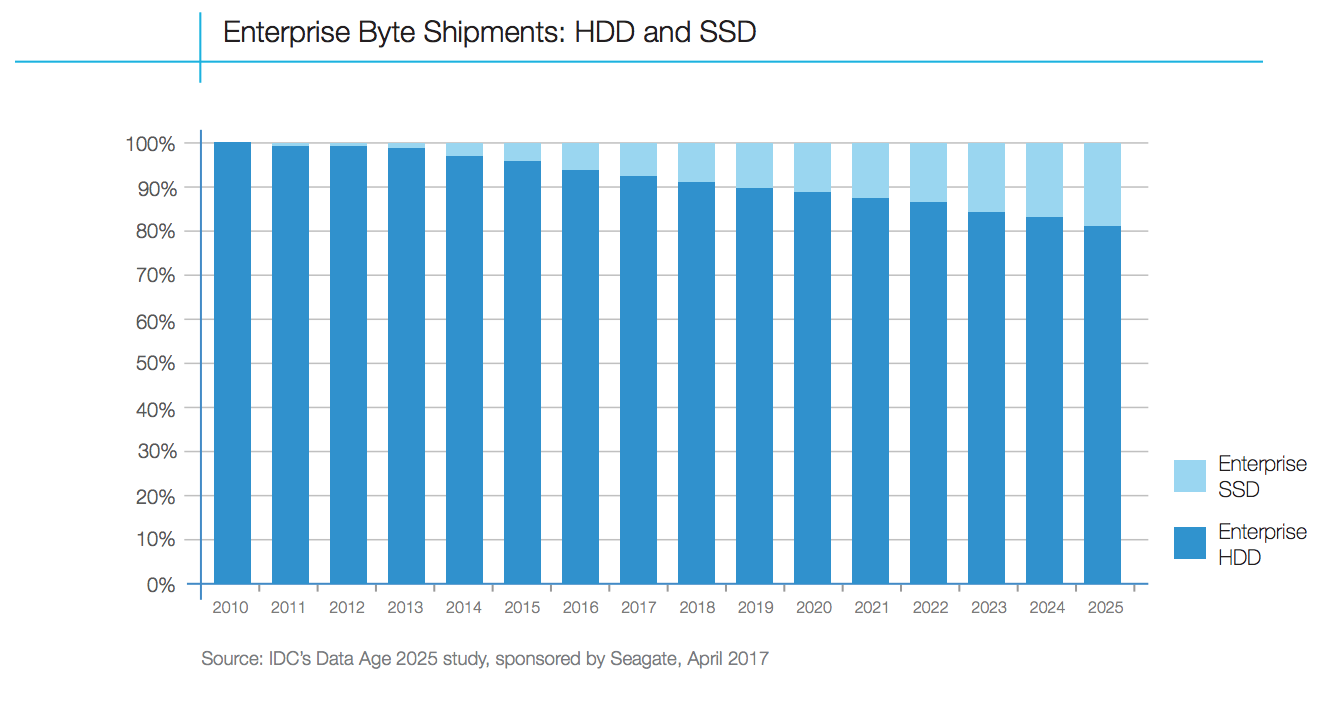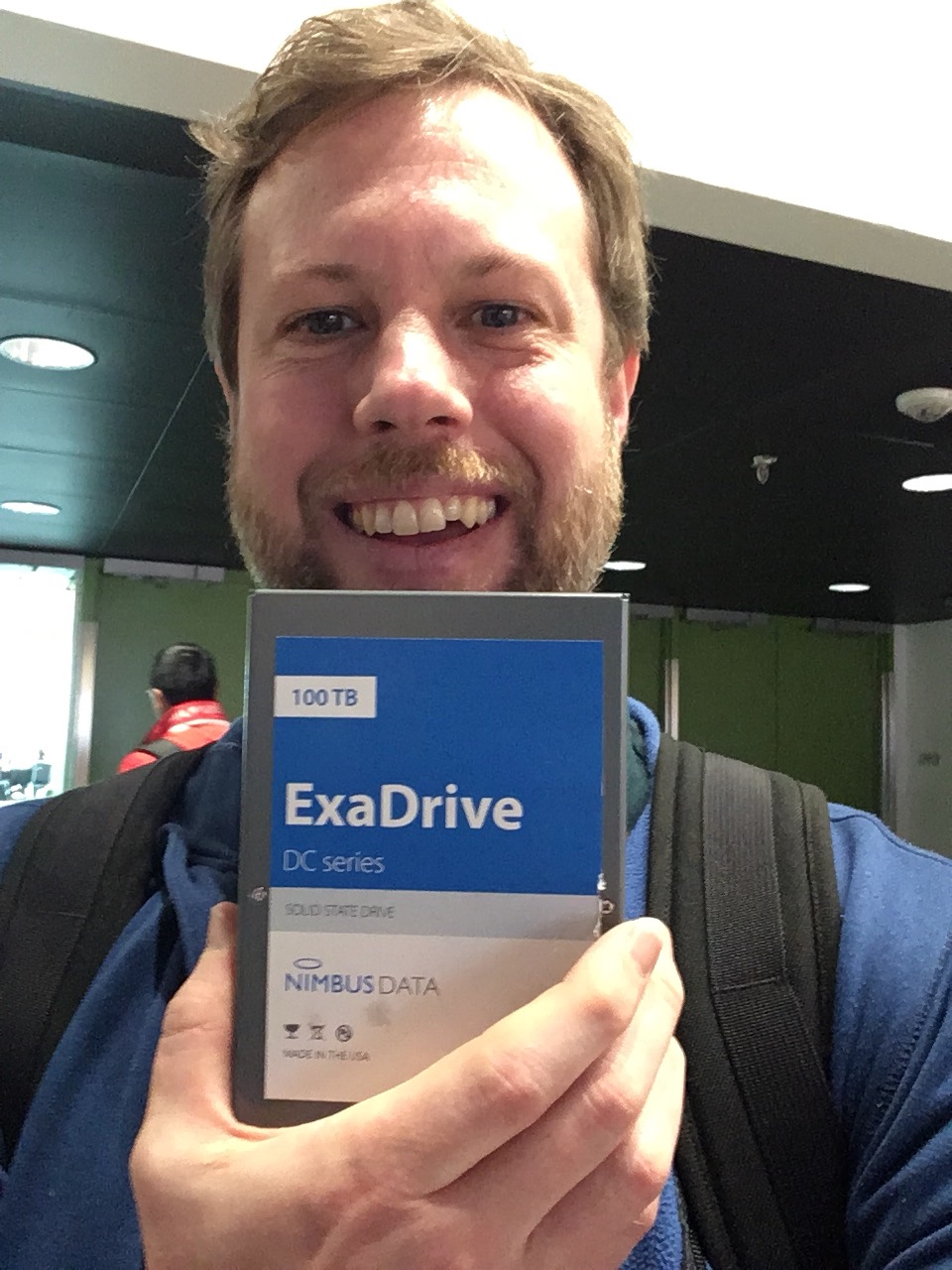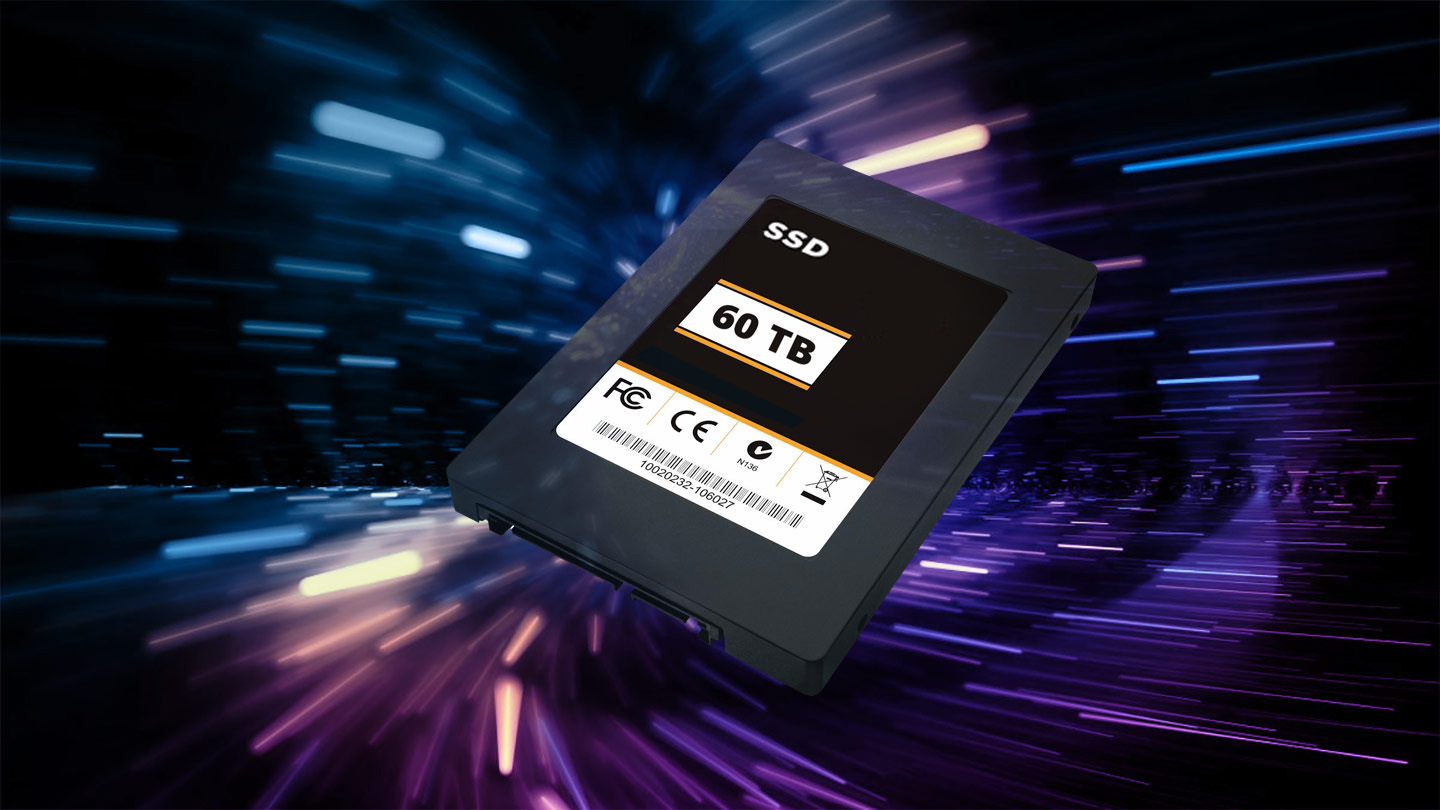
In Part 1 of HDD vs SSD: What Does the Future for Storage Hold?, we looked at the primary differences between HDDs and SSDs and the history of both of these types of data storage. We also considered the best uses for each.
In Part 2, we take a deeper look at the differences between HDDs and SSDs, how both HDD and SSD technologies are evolving, and how Backblaze takes advantage of SSDs in our operations and data centers.
The first time you booted a computer or opened an app on a computer with a solid-state-drive (SSD), you likely were delighted. I know I was. I loved the speed, silence, and just the wow factor of this new technology that seemed better in just about every way compared to hard drives.
I was ready to fully embrace the promise of SSDs. And I have. My desktop uses an SSD for booting, applications, and for working files. My laptop has a single 512GB SSD. I still use hard drives, however. The second, third, and fourth drives in my desktop computer are HDDs. The external USB RAID I use for local backup uses HDDs in four drive bays. When my laptop is at my desk it is attached to a 1.5TB USB backup hard drive. HDDs still have a place in my personal computing environment, as they likely do in yours.
Nothing stays the same for long, however, especially in the fast-changing world of computing, so we are certain to see new storage technologies coming to the fore, perhaps with even more wow factor.
Before we get to what’s coming, let’s review the primary differences between HDDs and SSDs in a little more detail in the following table.
A Comparison of HDDs to SSDs
| HDD | SSD | |
| Power Draw/Battery Life | More power draw, averages 6–7 watts and therefore uses more battery | Less power draw, averages 2–3 watts, resulting in 30+ minute battery boost |
| Cost | Only around $0.03 per gigabyte, very cheap (buying a 4TB model) | Expensive, roughly $0.20- $0.30 per gigabyte (based on buying a 1TB drive) |
| Capacity | Typically around 500GB and 2TB maximum for notebook size drives; 10TB max for desktops | Typically not larger than 1TB for notebook size drives; 4TB for desktops |
| Operating System Boot Time | Around 30-40 seconds average bootup time | Around 8-13 seconds average bootup time |
| Noise | Audible clicks and spinning platters can be heard | There are no moving parts, hence no sound |
| Vibration | The spinning of the platters can sometimes result in vibration | No vibration as there are no moving parts |
| Heat Produced | HDD doesn’t produce much heat, but it will have a measurable amount more heat than an SSD due to moving parts and higher power draw | Lower power draw and no moving parts so little heat is produced |
| Failure Rate | Mean time between failure rate of 1.5 million hours | Mean time between failure rate of 2.0 million hours |
| File Copy / Write Speed | The range can be anywhere from 50–120MB/s | Generally above 200 MB/s and up to 550 MB/s for cutting edge drives |
| Encryption | Full Disk Encryption (FDE) Supported on some models | Full Disk Encryption (FDE) Supported on some models |
| File Opening Speed | Slower than SSD | Up to 30% faster than HDD |
| Affected by Magnetism | Magnets can erase data | An SSD is safe from any effects of magnetism |
| Ruggedness | Vulnerable to physical jolts and movement | Not vulnerable to jolts and vibration |
Note: We previously wrote about the differences between HDDs and SSDs in our blog post, Hard Disk Drive Versus Solid State Drive: What’s the Diff?
What’s Ahead for HDDs?
The HDD has an amazing history of improvement and innovation. From its inception in 1956 the hard drive has decreased in size 57,000 times, increased storage 1 million times, and decreased cost 2,000 times. In other words, the cost per gigabyte has decreased by 2 billion times in about 60 years.
Hard drive manufacturers made these dramatic advances by reducing the size, and consequently the seek times, of platters while increasing their density, improving disk reading technologies, adding multiple arms and read/write heads, developing better bus interfaces, and increasing spin speed and reducing friction with techniques such as filling drives with helium.
In 2005, the drive industry introduced perpendicular recording technology to replace the older longitudinal recording technology, which enabled areal density to reach more than 100 gigabits per square inch. Longitudinal recording aligns data bits horizontally in relation to the drive’s spinning platter, parallel to the surface of the disk, while perpendicular recording aligns bits vertically, perpendicular to the disk surface.
Perpendicular Recording
Other technologies such as bit patterned media recording (BPMR) are contributing to increased densities, as well. Introduced by Toshiba in 2010, BPMR is a proposed hard disk drive technology that could succeed perpendicular recording. It records data using nanolithography in magnetic islands, with one bit per island. This contrasts with current disk drive technology where each bit is stored in 20 to 30 magnetic grains within a continuous magnetic film.
Shingled magnetic recording (SMR) is a magnetic storage data recording technology used in HDDs to increase storage density and overall per-drive storage capacity. Shingled recording writes new tracks that overlap part of the previously written magnetic track, leaving the previous track narrower and allowing for higher track density. Thus, the tracks partially overlap similar to roof shingles. This approach was selected because physical limitations prevent recording magnetic heads from having the same width as reading heads, leaving recording heads wider.
Track Spacing Enabled by SMR Technology (Seagate)
To increase the amount of data stored on a drive’s platter requires cramming the magnetic regions closer together, which means the grains need to be smaller so they won’t interfere with each other. In 2002, Seagate successfully demoed heat-assisted magnetic recording (HAMR). HAMR records magnetically using laser-thermal assistance that ultimately could lead to a 20 terabyte drive by 2019. (See our post on HAMR by Seagate’s CTO Mark Re, What is HAMR and How Does It Enable the High-Capacity Needs of the Future?)
Western Digital claims that its competing microwave-assisted magnetic recording (MAMR) could enable drive capacity to increase up to 40TB by the year 2025. Some industry watchers and drive manufacturers predict increases in areal density from today’s .86 tbpsi terabit-per-square-inch (TBPSI) to 10 tbpsi by 2025 resulting in as much as 100TB drive capacity in the next decade.
In addition to heat and microwaves, other techniques being investigated include using extreme cold to increase HDD density.
The future certainly does look bright for HDDs continuing to be with us for a while.
The Outlook for SSDs
SSDs are also in for some amazing advances.
Interfaces
SATA (Serial Advanced Technology Attachment) is the common hardware interface that allows the transfer of data to and from HDDs and SSDs. SATA SSDs are fine for the majority of home users, as they are generally cheaper, operate at a lower speed, and have a lower write life.
While fine for everyday computing, in a RAID (Redundant Array of Independent Disks), server array or data center environment, often a better alternative has been to use ‘SAS’ drives, which stands for Serial Attached SCSI. This is another type of interface that, again, is usable either with HDDs or SSDs. ‘SCSI’ stands for Small Computer System Interface (which is why SAS drives are sometimes referred to as ‘scuzzy’ drives). SAS has increased IOPS (Inputs Outputs Per Second) over SATA, meaning it has the ability to read and write data faster. This has made SAS an optimal choice for systems that require high performance and availability.
On an enterprise level, SAS prevails over SATA, as SAS supports over-provisioning to prolong write life and has been specifically designed to run in environments that require constant drive usage.
Enter PCIe
PCIe (Peripheral Component Interconnect Express) is a high speed serial computer expansion bus standard that supports drastically higher data transfer rates over SATA or SAS interfaces due to the fact that there are more channels available for the flow of data.
Many leading drive manufacturers have been adopting PCIe as the standard for new home and enterprise storage and some peripherals. For example, you’ll see that the latest Apple Macbooks ship with PCIe-based flash storage, something that Apple has been adopting over the years with their consumer devices.
PCIe can also be used within data centers for RAID systems and to create high-speed networking capabilities, increasing overall performance and supporting the newer and higher capacity HDDs.
Storage Density
As we covered in Part 1, SSDs are based on a type of non-volatile flash memory called NAND.The latest trend in NAND flash is quad-level-cell (QLC) NAND. NAND is subdivided into types based on how many bits of data are stored in each physical memory cell. SLC (single-level-cell) stores one bit, MLC (multi-level-cell) stores two, TLC (triple-level cell) stores three, and QLC (quad-level-cell) stores four.
QLC NAND
Storing more data per cell makes NAND more dense, but it also makes the memory slower — it takes more time to read and write data when so much additional information (and so many more charge states) are stored within the same cell of memory.
QLC NAND memory is built on older process nodes with larger cells that can more easily store multiple bits of data. The new NAND tech has higher overall reliability with higher total number of program / erase cycles (P/E cycles).
QLC NAND wafer from which individual microcircuits are made
QLC NAND promises to produce faster and denser SSDs. The effect on price also could be dramatic. Tom’s Hardware is predicting that the advent of QLC could push 512GB SSDs down to $100.
Beyond HDDs and SSDs
We wrote about Data Storage Technologies of the Future in 2015, and work continues to push the bounds of data storage beyond what is possible with spinning platters and microcircuits.
For example, a team at Harvard University has used genome-editing to encode video into live bacteria. In England, scientists from the University of Southampton’s Optoelectronics Research Centre (ORC) have developed the recording and retrieval processes of five dimensional (5D) digital data by femtosecond laser writing. These discs can hold 360 TB of data and are theoretically stable for up to 14 billion years, thanks to “5D data storage” inscribed by laser nanostructuring in quartz silica glass. Space-X’s Falcon Heavy recently carried this technology into space.
Whether heat, microwaves, DNA, bacteria, quartz crystal, or holography, it’s clear that a number of avenues are being explored to increase storage capacity, speed, and longevity.
Arch Mission quartz crystal discs
The Benefits of SSDs in the Data Center
We’ve already discussed the benefits of SSDs. The benefits of SSDs that apply particularly to the data center are:
- Low power consumption — When you are running lots of drives, power usage adds up. Anywhere you can conserve power is a win.
- Speed — Data can be accessed faster, which is especially beneficial for caching databases and other data affecting overall application or system performance.
- Lack of vibration — Reducing vibration improves reliability thereby reducing problems and maintenance. Racks don’t need the size and structural rigidity housing SSDs that they need housing HDDs.
- Low noise — Data centers will become quieter as more SSDs are deployed.
- Low heat production — The less heat generated the less cooling and power required in the data center.
- Faster booting — The faster a storage chassis can get online or a critical server can be rebooted after maintenance or a problem, the better.
- Greater areal density — Data centers will be able to store more data in less space, which increases efficiency in all areas (power, cooling, etc.)
The top drive manufacturers say that they expect HDDs and SSDs to coexist for the foreseeable future in all areas — home, business, and data center, with customers choosing which technology and product will best fit their application.
How Backblaze Uses SSDs
In just about all respects, SSDs are superior to HDDs. So why don’t we replace the 100,000+ hard drives we have spinning in our data centers with SSDs?
The primary reason is cost.
We’d love to have the performance and density of SSDs available for our Storage Pods (see our post Seagate Introduces a 60TB SSD — Is a 3.6PB Storage Pod Next?), but the cost/benefit ratio of SSDs is not yet in our favor.
Our operations team takes advantage of the benefits and savings of SSDs wherever they can, using them in every place that’s appropriate other than primary data storage. They’re particularly useful in our caching and restore layers, where we use them strategically to speed up data transfers. SSDs also speed up access to B2 Cloud Storage metadata. Our operations teams is considering moving to SSDs to boot our Storage Pods, where the cost of a small SSD is competitive with hard drives, and their other attributes (small size, lack of vibration, speed, low-power consumption, reliability) are all pluses.
A Future with Both HDDs and SSDs
IDC predicts that total data created will grow from approximately 33 zettabytes in 2018 to about 160 zettabytes in 2025. (See What’s a Byte? if you’d like help understanding the size of a zettabyte.)
Annual Size of the Global Datasphere
Over 90% of enterprise drive shipments today are HDD, according to IDC. By 2025, SSDs will comprise almost 20% of drive shipments. SSDs will gain share, but total growth in data created will result in massive sales of both HDDs and SSDs.
Enterprise Byte Shipments: NDD and SSD
As both HDD and SSD sales grow, so does the capacity of both technologies. Given the benefits of SSDs in many applications, we’re likely going to see SSDs replacing HDDs in all but the highest capacity uses.
It’s clear that there are merits to both HDDs and SSDs. If you’re not running a data center, and don’t have more than one or two terabytes of data to store on your home or business computer, your first choice likely should be an SSD. They provide a noticeable improvement in performance during boot-up and data transfer, and are smaller, quieter, and more reliable as well. Save the HDDs for secondary drives, NAS, RAID, and local backup devices in your system.
Perhaps some day we’ll look back at the days of spinning platters with the same nostalgia we look back at stereo LPs, and some of us will have an HDD paperweight on our floating anti-gravity desk as a conversation piece.
Until the day that SSD’s performance, capacity, and finally, price, expel the last HDD out of the home and data center, we can expect to live in a world that contains both solid state SSDs and magnetic platter HDDs, and as users we will reap the benefits from both technologies.
![]() Here’s a tip on finding all the posts tagged with SSD on our blog. Just follow https://www.backblaze.com/blog/tag/ssd/.
Here’s a tip on finding all the posts tagged with SSD on our blog. Just follow https://www.backblaze.com/blog/tag/ssd/.
Update 3/23
Here’s a photo of Ariel, our Director of Supply Chain at Backblaze, holding the world’s largest SSD (100TB), which was announced on March 19 by Nimbus Data. This SSD by itself holds over twice as much data as Backblaze’s very first Storage Pods.
World’s Largest SSD — ExaDrive D100 100TB SSD


